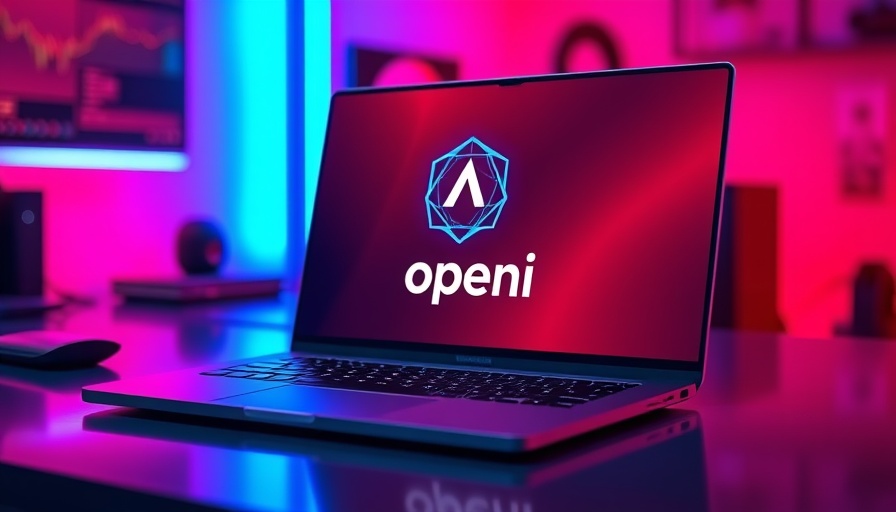
OpenAI’s New GPT-4.1 Models Revolutionize AI Efficiency for Businesses
In a bold move to appeal to enterprises, OpenAI has launched its latest lineup of AI models: the GPT-4.1, GPT-4.1 mini, and the GPT-4.1 nano. These new models not only come at a reduced cost compared to their predecessors but also boast enhanced performance capabilities, catering specifically to businesses striving for operational efficiency and innovation. With a context window that supports one million tokens (or approximately 750,000 words), they are perfect for industries dealing with complex documentation — a welcomed change for sectors such as legal, finance, and technology.
Changing the Game: Cost and Capability Improvements
Businesses often view AI deployment as a costly affair, primarily due to the per-token charging model that governs the use of AI chatbots and virtual assistants. OpenAI's redesign promises to alleviate this burden; the new GPT-4.1 model is reported to be 26% cheaper than its predecessor, GPT-4o, while the nano variant is described as the most economical and fastest model released to date. This shift is particularly relevant given the rising cost of AI infrastructure, which has been noted in various industry analyses, including Amazon CEO Andy Jassy's observations on chip providers.
Real-World Gains: Success Stories from Enterprises
Several businesses are already witnessing the tangible benefits of adopting GPT-4.1. For instance, Thomson Reuters implemented the model within its CoCounsel legal AI assistant, achieving a remarkable 17% improvement in efficiency during document reviews. This kind of success not only reaffirms the model's effectiveness but underscores the growing importance of AI in driving business productivity. Companies like Carlyle and Blue J have also reported enhanced coding and data analysis capabilities, emphasizing the transformative potential AI holds for diverse operational tasks.
The Road Ahead: What’s Next for Enterprise AI?
The future looks promising for enterprises that can leverage the improved cost-to-performance ratio of GPT-4.1 models. As OpenAI CEO Sam Altman noted, the deployment strategy is crucial for ensuring widespread adoption. The application programming interface (API) availability of the new models elevates accessibility for developers and businesses alike, breaking down barriers that previously hindered AI implementation.
Amid the ongoing technological evolution, one thing remains clear: the landscape of enterprise AI is rapidly changing, and those who adapt quickly will stand to gain the most. As costs decrease and performance skyrockets, now is the time for businesses generating between $2M and $10M in revenue to explore how integrating this AI technology can provide them with a competitive edge.
Actionable Insights for Business Leaders
For business owners on the verge of scaling their operations, diving deeper into AI applications is not just an opportunity; it's becoming a necessity. To get started, consider these next steps:
- Evaluate Current Processes: Take stock of the workflows and operations where AI tools could have the most impact.
- Engage with AI Developers: Explore partnerships with developers familiar with the new GPT-4.1 offerings to tailor solutions to your specific needs.
- Invest in Training: Equip your team with the necessary skills to effectively utilize these advanced models.
As competition continues to heat up among AI providers, having the foresight to implement these cutting-edge tools will not only propel growth but also ensure your business stays ahead in this increasingly tech-driven marketplace.
 Add Row
Add Row  Add
Add 



Write A Comment